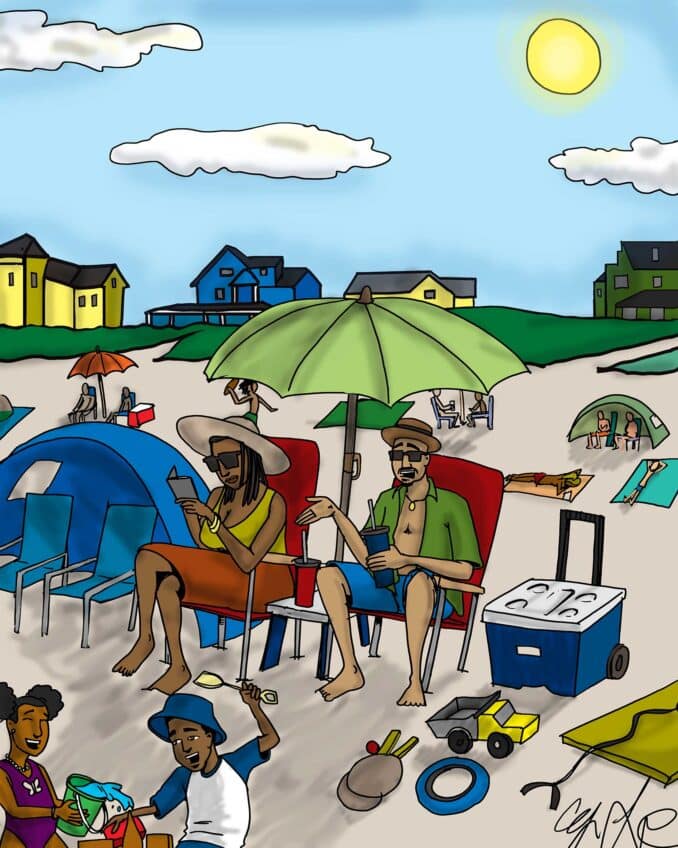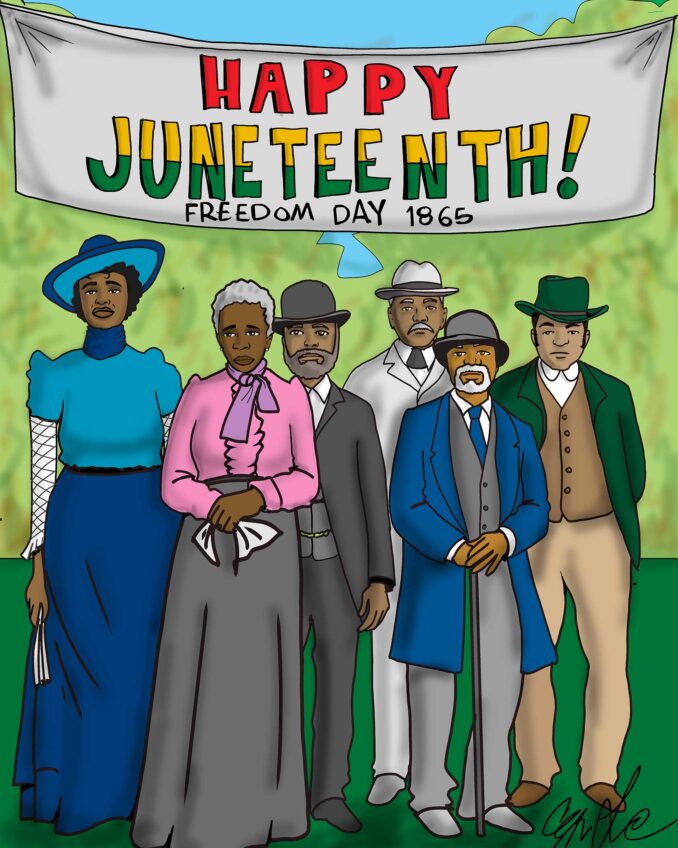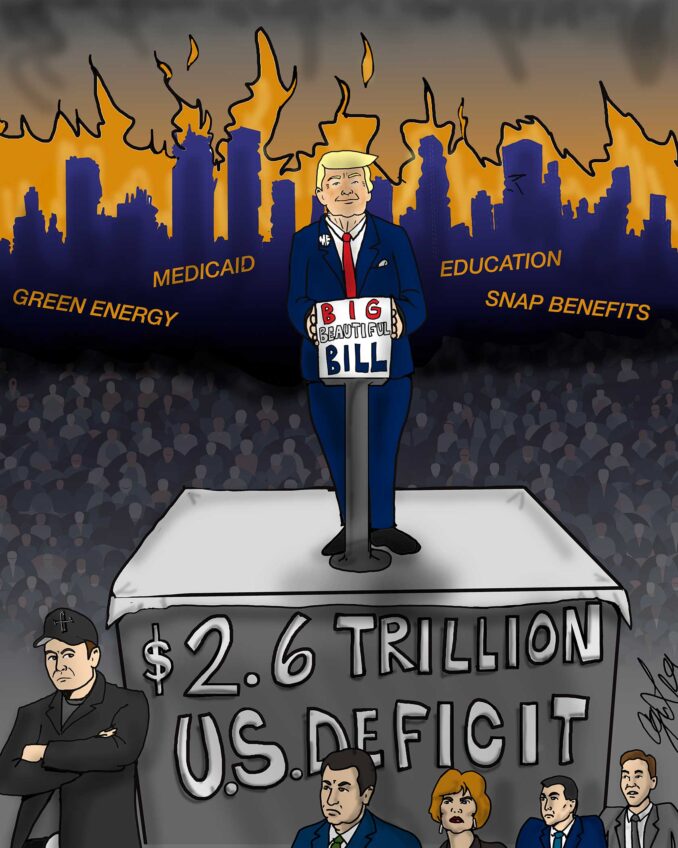No matter who you are or where you live, there’s a central concern that links consumers all over the country: the ever-rising cost of living. For many consumers, the combined costs of housing, transportation, food and utilities leave room for little else from take-home pay.
From Boston to Seattle, from Chicago to Miami, and parts in between, the rising cost of living is particularly challenging in one area: housing. Homeowners and renters alike today cope as best they can just to have a roof over their families’ heads.
Now, a new report from Harvard’s Joint Center for Housing Studies (JCHS) finds that the American Dream of homeownership is strained even among households with incomes most would think adequate to own a home. From 2010 to 2018, 3.2 million households with earnings higher than $75,000 represented more than three-quarters of the growth in renters, according to the report “America’s Rental Housing 2020.”
“[F]rom the homeownership peak in 2004 to 2018, the number of married couples with children that owned homes fell by 2.7 million, while the number renting rose by 680,000,” states the report. To phrase it another way, America’s middle class is at risk. Consumer demographics that traditionally described homeowners have shifted to that of renters. And in that process, the opportunity to build family wealth through homeownership has become more difficult for many — and financially out of reach for others.
Included among the report’s key findings:
- Rents in 2019 continued their seven-year climb, marking 21 consecutive quarters of increases above 3.0%.
- Despite the growth in high-income white renters, renter households overall have become more racially and ethnically diverse since 2004, with minority households accounting for 76% of renter household growth through 2018.
- Income inequality among renter households has been growing. The average real income of the top one-fifth of renters rose more than 40% over the past 20 years, while that of the bottom fifth of renters fell by 6%.
This trend of fewer homeowners has also impacted another disturbing development: the nation’s growing homeless population.
Citing that homelessness is again on the rise, the JCHS report notes that after falling for six straight years, the number of people experiencing homelessness nationwide grew to 552,830 from 2016–2018,. In just one year, 2018 to 2019, the percentage of America’s black homeless grew from 40% to more than half — 52%.
While some would presume that homelessness is an issue for high-cost states like California and New York, a 2019 HUD report found significant growth in homeless residents in states like Alabama, Louisiana, Mississippi, Virginia and Washington as well.
According to HUD, states with the highest rates of homelessness per 10,000 people were New York (46), Hawaii (45), California (38), Oregon (38), and Washington (29), each significantly higher than the national average of 17 per 10,000. The District of Columbia had a homelessness rate of 94 people per 10,000.
And like the JCHS report, HUD also found disturbing data on the disproportionate number of black people who are now homeless.
For example, although the numbers of homeless veterans and homeless families with children declined over the past year, blacks were 40% of all people experiencing homelessness in 2019, and 52% of people experiencing homelessness as members of families with children.
These racial disparities are even more alarming when overall, blacks comprise 13% of the nation’s population.
The bottom line on these research reports is that black America’s finances are fragile. With nagging disparities in income, family wealth, unemployment and more, the millions of people working multiple jobs and/or living paycheck to paycheck are often just one paycheck away from financial disaster.
Add predatory lending on high-cost loans like payday or overdraft fees, or the weight of medical debt or student loans, and when financial calamity arrives, it strikes these consumers harder and longer than others who have financial cushions.
And lest we forget, housing discrimination in home sales, rentals, insurance and more continue to disproportionately affect black America despite the Fair Housing Act and other federal laws intended to remove discrimination from the marketplace.
The real question in 2020 is this: ‘What will communities and the nation do about it?’
Charlene Crowell is the Center for Responsible Lending’s communications deputy director.






